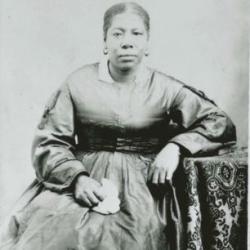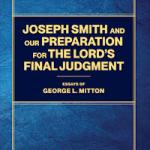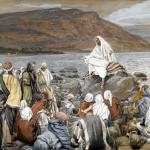It is not easy teaching an introductory course that covers the whole Bible. I do it and, while I love the opportunity to give our students a taste of how to study the Bible in life-enriching ways, it is difficult to find a good textbook. So, I grabbed a copy of John Drane’s new (second edition) Introducing the Bible (Fortress, 2011).

Right away, I was blown away by how stunning it is visually – glossy cover, great full-color art, lots of outstanding maps and charts. I plan on copying a couple of charts and maps out of here to show my students because they are so well produced.
It is almost 700 pages, which makes it impractical as an assigned book for my course. This is the challenge: because young students didn’t grow up reading the Bible, we need to spend their “homework” time for my class reading the Bible! So, while I would love to have them perusing this book, the length is prohibitive. But it is still very valuable as a resource for me.
What kind of introductory book is it? Some books survey the contents of the Bible. Others explore the theology of the Bible. Drane takes a basic “critical” socio-historical approach. He traces the emergence of Israel and her religion, and early Christianity in this book. Thus, it does not follow a book-by-book route, but rather moves through blocks of history, giving insight into people, places, events, etc…
My impression is that this book would appeal to professors teaching a class at an institution that appreciates “critical study” and is not a Bible college (as the textbook is not “formational”). However, Drane is still trying to impress upon the reader how influential this Judeo-Christian history has been, so it has a very subtely apologetic tone. Nothing that would be off-putting, though.
His approach in the book offers standard historical-critical perspectives. It is fair and balanced, but you will not see appeal to theological interpretation of Scripture. In fact, I was surprised at how short the discussion was of canonical formation in general.
A couple of elements of the book were surprising to me. First, Drane gives about twice as much space to the study of the NT as of the OT. Given that the OT is so much longer itself, and it is so important for NT study, I would have expected even treatment, if not the opposite (with the OT given more space)! Secondly, Drane seems reluctant to mention the covenantal language of “sin” and the effects of Genesis 3. He treats all of Genesis 1-11 in a brief 3 page overview, mostly discussing genre. Without the framework of “the Fall,” I had a hard time seeing the dots connected in the story of Judaism and Christianity as discussed by Drane.
As mentioned above, the NT treatment is more extensive. He handles everything, again, rather neutrally, offering various positions on debated issues. He supports the two-source theory for the Synoptic problem. When it comes to Paul, he is content to take Acts as indicative of the life of Paul as a missionary.
My overall impression is this- this kind of critical, historical approach will serve well those students that are entering into a longer period of the study of Scripture. The kind of students I teach are getting only one quarter of Bible and most will not engage in further Bible courses. So, I need to focus on hermeneutics, the over-arching story, and how to apply Scripture. When it comes to socio-historical background, the best I can do is point them to good resources for the future.
The search continues for the perfect textbook, though, again, I will utilize some of Drane’s materials. He has a discussion of how to understand the death of Jesus that is brilliant – I use the first edition version already in my class.
Also, if you decide to use Drane, classroom materials are offered by Fortress for free at www.fortresspress.com/drane.















